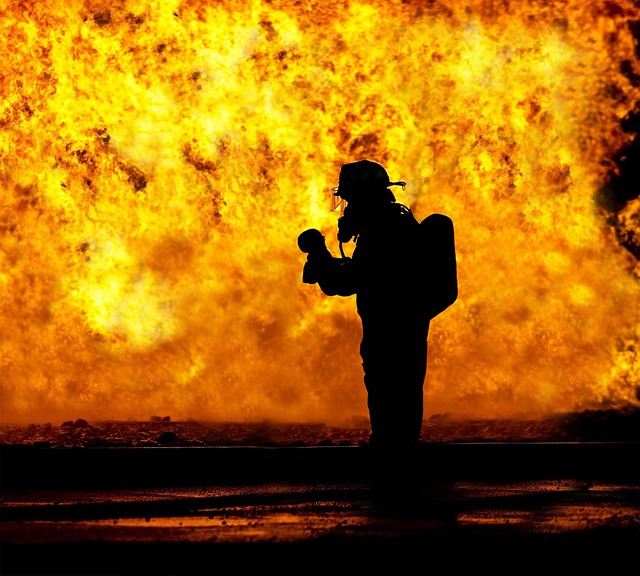Smoke damage from wildfires in Texas poses health risks, impacting indoor air quality with toxic compounds. Rigorous testing identifies hazards, guides remediation, and ensures safe living environments for residents. Understanding test results is vital for proactive steps like ventilation and HEPA filters, maintaining healthy spaces post-wildfire events. Regular monitoring and follow-up testing are key to sustaining indoor air quality in Texas.
After a fire, smoke damage can linger undetected in Texas homes, posing serious health risks. This is where indoor air testing becomes crucial. Understanding Smoke Damage in Texas Homes sets the stage by examining common sources and their impacts. The article then delves into The Process of Indoor Air Testing, detailing methods to identify hazardous substances. Interpreting and Acting on Test Results offers practical guidance on mitigating risks, ensuring safe living environments for all Texans.
- Understanding Smoke Damage in Texas Homes
- The Process of Indoor Air Testing
- Interpreting and Acting on Test Results
Understanding Smoke Damage in Texas Homes

Smoke damage from wildfires has become an increasingly common concern for residents across Texas. With the state’s diverse landscapes, ranging from forests to grasslands, the risk of fires is ever-present. When a fire occurs, it leaves behind not only charred structures but also a lingering impact on indoor air quality.
In Texas homes, smoke damage can result in the accumulation of toxic compounds and particulate matter, posing significant health risks to occupants. The impact is especially severe for those with respiratory conditions or individuals who spend extended periods indoors after the fire. Testing the indoor air for smoke damage is crucial in identifying potential hazards and ensuring a safe living environment post-fire.
The Process of Indoor Air Testing

In Texas, indoor air testing for smoke damage involves a meticulous process designed to assess and quantify any adverse effects on air quality. The first step is conducting a thorough inspection of the affected areas, identifying potential sources of contamination, and understanding the extent of the smoke intrusion. Environmental professionals use advanced equipment like infrared cameras and air sampling devices to detect and collect samples of contaminated air.
Once the samples are gathered, they are analyzed in accredited laboratories. These labs employ sophisticated methods to identify various pollutants present, such as particulate matter, volatile organic compounds (VOCs), and other toxic gases. The results provide critical insights into the level of smoke damage, helping professionals recommend appropriate remediation strategies. This comprehensive process ensures that Texas residents and businesses can breathe easier by restoring indoor air quality after smoke damage events.
Interpreting and Acting on Test Results

After indoor air testing for smoke damage in Texas, it’s crucial to understand and act on the results. If the tests indicate elevated levels of harmful substances like particulate matter, carbon monoxide, or volatile organic compounds (VOCs), immediate steps should be taken. These may include increasing ventilation through opening windows and doors, using air purifiers with HEPA filters, and considering professional remediation services if the contamination is extensive.
The Texas environment, with its unique challenges including wildfires, requires proactive measures to ensure indoor air quality. Interpreting test results accurately allows homeowners and property managers to make informed decisions about safety and necessary repairs. Regular monitoring and follow-up testing can provide valuable data for maintaining a healthy living or working space after smoke damage occurs.
Smoke damage from wildfires is a significant concern for Texas homeowners. Understanding the extent of this damage is crucial, and indoor air testing plays a vital role in this process. By employing specialized techniques, experts can assess and interpret results to ensure a safe living environment. In Texas, where natural disasters can leave remnants of smoke and ash, these tests are essential tools for navigating the aftermath and fostering a healthy home.
